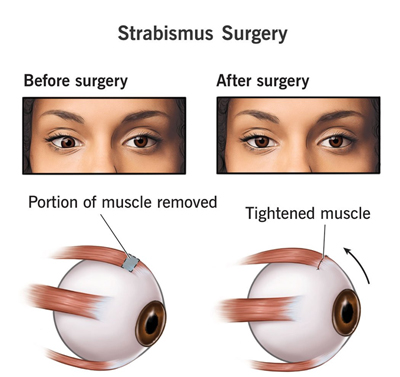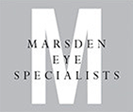Squint surgery aims at re-aligning the eye muscles through loosening or tightening eye muscles and changing the alignment of the eyes. The surgery is done as a day only procedure in operating theatre often under general anaesthesia.
What to expect after strabismus surgery?
It is expected to have minor discomfort, irritation and redness post-operatively. A headache is not uncommon and should pass within a couple of days. Eye drops are needed for a few weeks to prevent swelling and infection after surgery.
Squint surgery is generally safe, but like all procedures there is always a small risk involved. Some of the risks are listed below, if any of these occur, further treatment or surgery may be needed:
- Allergic reaction: You may be allergic to the anaesthetic, sutures or surgical dressings.
- Incorrect alignment of the eye: This is the most common complication following strabismus surgery. There is a risk of over or under correction of the squint. This means the operated eye may still turn in the same direction or turn in the opposite direction. In most cases, additional surgical treatment can improve eye alignment.
- Persistent double vision: The risk of causing double vision, which usually settles after a few weeks. Double vision does not resolve in about 2% of patients and may require treatment.
- Loss of vision: This is extremely rare, occurring in 1 in every 20,000–30,000 patients.
- Infection of the eye or surgical wound



 n
n